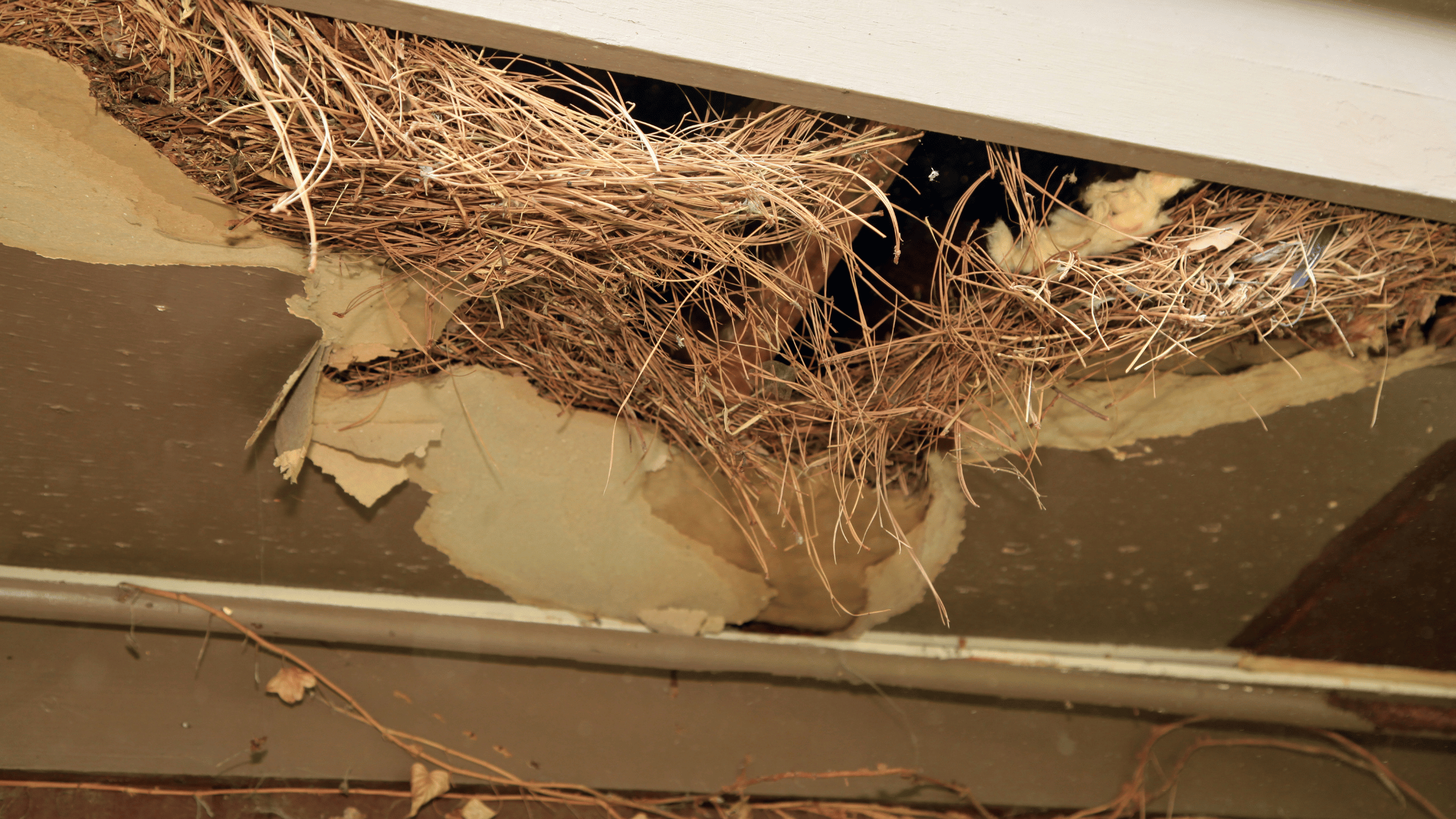Maintaining a clean and hygienic office environment is crucial for the health and productivity of employees. Germs and bacteria can easily spread in communal spaces, leading to increased sick days and decreased efficiency. Establishing a comprehensive sterilization routine is essential to minimize the risk of infections and ensure a safe workspace. This guide will walk you through creating an effective sterilization routine for your office using SteriCide, a powerful and eco-friendly disinfectant.
Understanding the Importance of Office Sterilization
Offices are high-traffic areas with many shared surfaces, making them hotspots for germs and bacteria. Commonly touched items like door handles, keyboards, phones, and communal kitchen appliances can harbor pathogens that spread illness among employees. Regular cleaning and disinfection are vital to maintaining a healthy work environment and boosting employee morale.
Step 1: Assess Your Office Space
Before creating a sterilization routine, it’s important to assess your office space to identify high-risk areas that require frequent disinfection. Conduct a thorough walk-through of the office, noting areas that are commonly used and surfaces that are frequently touched.
Key Areas to Focus On:
-
Entrances and Exits:
- Door handles, light switches, and security keypads.
-
Workstations:
- Desks, keyboards, mice, telephones, and office supplies.
-
Meeting Rooms:
- Conference tables, chairs, remote controls, and shared equipment.
-
Break Rooms and Kitchens:
- Sinks, countertops, coffee machines, microwaves, refrigerators, and water dispensers.
-
Restrooms:
- Faucets, soap dispensers, toilet handles, and door locks.
-
Common Areas:
- Reception areas, waiting rooms, and lounge furniture.
By identifying these high-risk areas, you can prioritize them in your sterilization routine to ensure they are regularly cleaned and disinfected.
Step 2: Gather the Necessary Supplies
To implement an effective sterilization routine, you’ll need the right supplies. SteriCide is an excellent choice for disinfecting office spaces due to its powerful germ-killing properties and eco-friendly formulation.
Essential Supplies:
-
SteriCide Disinfectant:
- Choose SteriCide for its efficacy against a wide range of bacteria, viruses, and fungi. It’s safe for use on various surfaces and does not leave harmful residues.
-
Cleaning Cloths and Wipes:
- Use microfiber cloths for general cleaning and disposable wipes for high-touch areas to prevent cross-contamination.
-
Spray Bottles:
- Fill spray bottles with diluted SteriCide solution for easy application.
-
Gloves and Masks:
- Provide protective gear for cleaning staff to ensure their safety during the disinfection process.
-
Trash Bags:
- Ensure you have an adequate supply of trash bags for disposing of used wipes and other cleaning materials.
Step 3: Develop a Sterilization Schedule
Creating a detailed schedule is key to maintaining consistency in your sterilization routine. The frequency of cleaning and disinfection will depend on the specific area and its usage. High-touch areas require more frequent attention compared to less frequently used spaces.
Suggested Sterilization Schedule:
-
Daily Tasks:
- Disinfect door handles, light switches, and high-touch surfaces in common areas.
- Clean and disinfect workstations, including desks, keyboards, mice, and phones.
- Wipe down kitchen appliances, countertops, and sinks.
- Clean restroom surfaces such as faucets, soap dispensers, and toilet handles.
- Empty trash bins and replace liners.
-
Weekly Tasks:
- Deep clean meeting rooms, including tables, chairs, and shared equipment.
- Vacuum and mop floors in common areas and individual workstations.
- Disinfect lounge furniture and reception areas.
- Clean windows and mirrors in restrooms and common areas.
-
Monthly Tasks:
- Perform a thorough cleaning of all office equipment, including printers, copiers, and scanners.
- Deep clean carpets and upholstery to remove dust and allergens.
- Check and replace air filters in HVAC systems to ensure clean air circulation.
- Inspect and restock cleaning supplies to maintain readiness.
Step 4: Implement Effective Cleaning Techniques
Proper cleaning techniques are crucial for effective sterilization. Follow these guidelines to maximize the efficacy of SteriCide and ensure a thorough cleaning process.
Cleaning Techniques:
-
Surface Cleaning:
- Begin by removing any visible dirt and debris from surfaces using a microfiber cloth. This step is essential to ensure the disinfectant can effectively reach and kill germs.
-
Disinfection:
- Spray SteriCide directly onto the surface or onto a clean cloth, then wipe the surface thoroughly. Allow the disinfectant to sit for the recommended contact time specified on the product label to ensure maximum efficacy.
-
High-Touch Areas:
- Pay special attention to high-touch areas such as door handles, light switches, and shared office equipment. These surfaces should be disinfected multiple times throughout the day.
-
Restrooms:
- Use SteriCide to clean and disinfect restroom surfaces, including faucets, soap dispensers, and toilet handles. Ensure the entire area is thoroughly cleaned and well-ventilated to prevent mold and mildew growth.
-
Break Rooms and Kitchens:
- Disinfect kitchen appliances, countertops, and sinks. Encourage employees to clean up after themselves and provide them with disinfectant wipes for easy access.
Step 5: Promote a Culture of Cleanliness
Creating a culture of cleanliness among employees is essential to maintaining a germ-free office environment. Encourage everyone to take responsibility for their personal workspaces and shared areas.
Tips for Promoting Cleanliness:
-
Provide Cleaning Supplies:
- Make cleaning supplies, such as wipes and hand sanitizers, readily available throughout the office. Place them in common areas, meeting rooms, and restrooms for easy access.
-
Educate Employees:
- Conduct training sessions to educate employees on the importance of cleanliness and proper disinfection techniques. Provide them with guidelines on how to clean their workstations and high-touch areas.
-
Encourage Regular Handwashing:
- Promote frequent handwashing by placing informative posters in restrooms and common areas. Provide hand sanitizers at strategic locations to encourage use.
-
Implement Clean Desk Policies:
- Encourage employees to keep their desks clutter-free to facilitate easier cleaning and disinfection. Provide storage solutions to help them organize their personal items.
-
Promote Remote Work:
- If feasible, consider allowing employees to work remotely part-time. This can reduce the number of people in the office and minimize the spread of germs.
Step 6: Monitor and Adjust the Routine
Regular monitoring and adjustments are necessary to ensure the effectiveness of your sterilization routine. Gather feedback from employees and cleaning staff to identify areas for improvement and make necessary changes.
Monitoring and Adjusting:
-
Regular Inspections:
- Conduct regular inspections of the office to ensure that cleaning and disinfection tasks are being performed correctly. Use a checklist to verify that all high-risk areas are covered.
-
Employee Feedback:
- Encourage employees to provide feedback on the cleanliness of the office and any areas of concern. Use this feedback to make adjustments to the sterilization routine as needed.
-
Cleaning Logs:
- Maintain cleaning logs to track the completion of daily, weekly, and monthly tasks. This helps ensure accountability and consistency in the cleaning process.
-
Stay Informed:
- Stay updated on the latest guidelines and recommendations from health authorities regarding office hygiene and disinfection. Adjust your routine accordingly to meet evolving standards.
Benefits of Using SteriCide
Choosing SteriCide for your office sterilization routine offers numerous benefits:
-
Effective Disinfection:
- SteriCide is highly effective against a wide range of bacteria, viruses, and fungi, ensuring a thorough disinfection of office surfaces.
-
Safe and Non-Toxic:
- SteriCide is formulated to be safe for use around humans and pets. It does not contain harsh chemicals, making it suitable for regular use in office environments.
-
Eco-Friendly:
- SteriCide is environmentally friendly and biodegradable. It breaks down into natural, harmless substances, reducing the environmental impact of your cleaning routine.
-
Versatile:
- SteriCide can be used on a variety of surfaces, including desks, countertops, appliances, and restrooms. Its versatility makes it an ideal choice for comprehensive office disinfection.
-
No Residue:
- Unlike some disinfectants that leave behind sticky residues, SteriCide evaporates quickly, leaving surfaces clean and ready for use.
Conclusion
Creating a sterilization routine for your office with SteriCide is a proactive step towards maintaining a healthy and productive work environment. By assessing your office space, gathering the necessary supplies, developing a detailed schedule, implementing effective cleaning techniques, promoting a culture of cleanliness, and regularly monitoring and adjusting your routine, you can significantly reduce the risk of infections and ensure a safe workspace for everyone.



